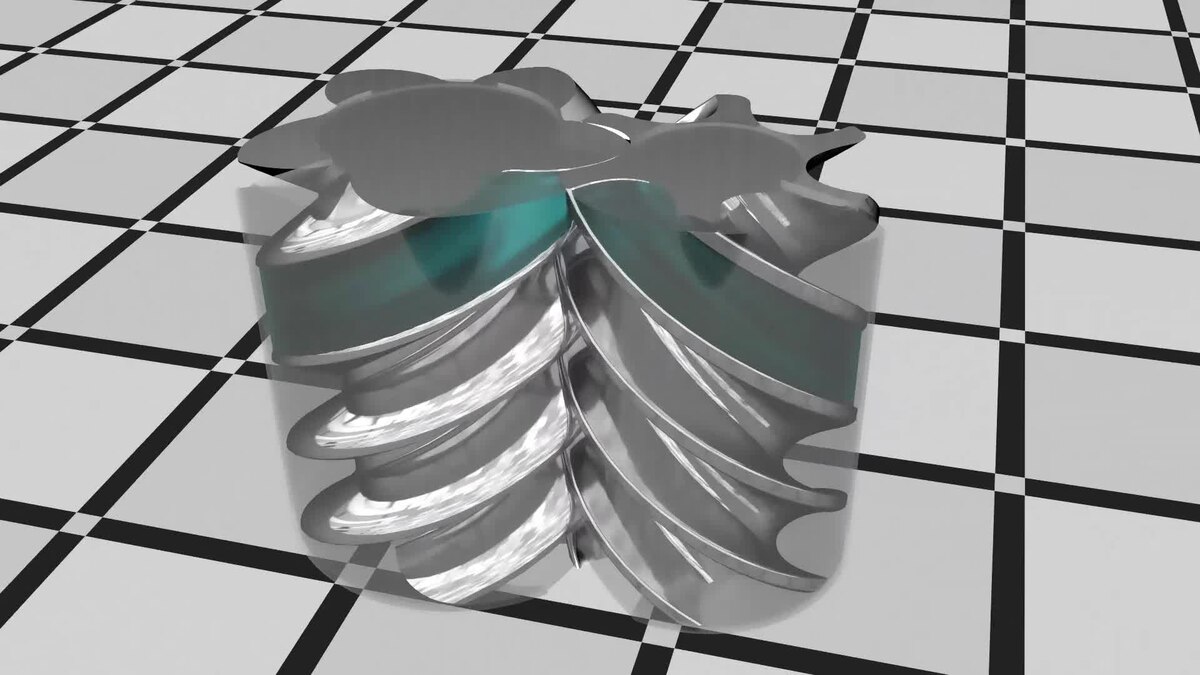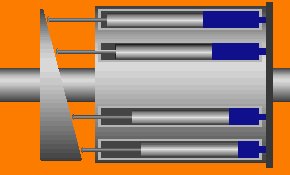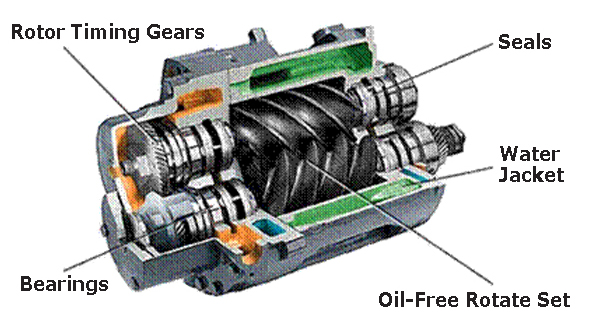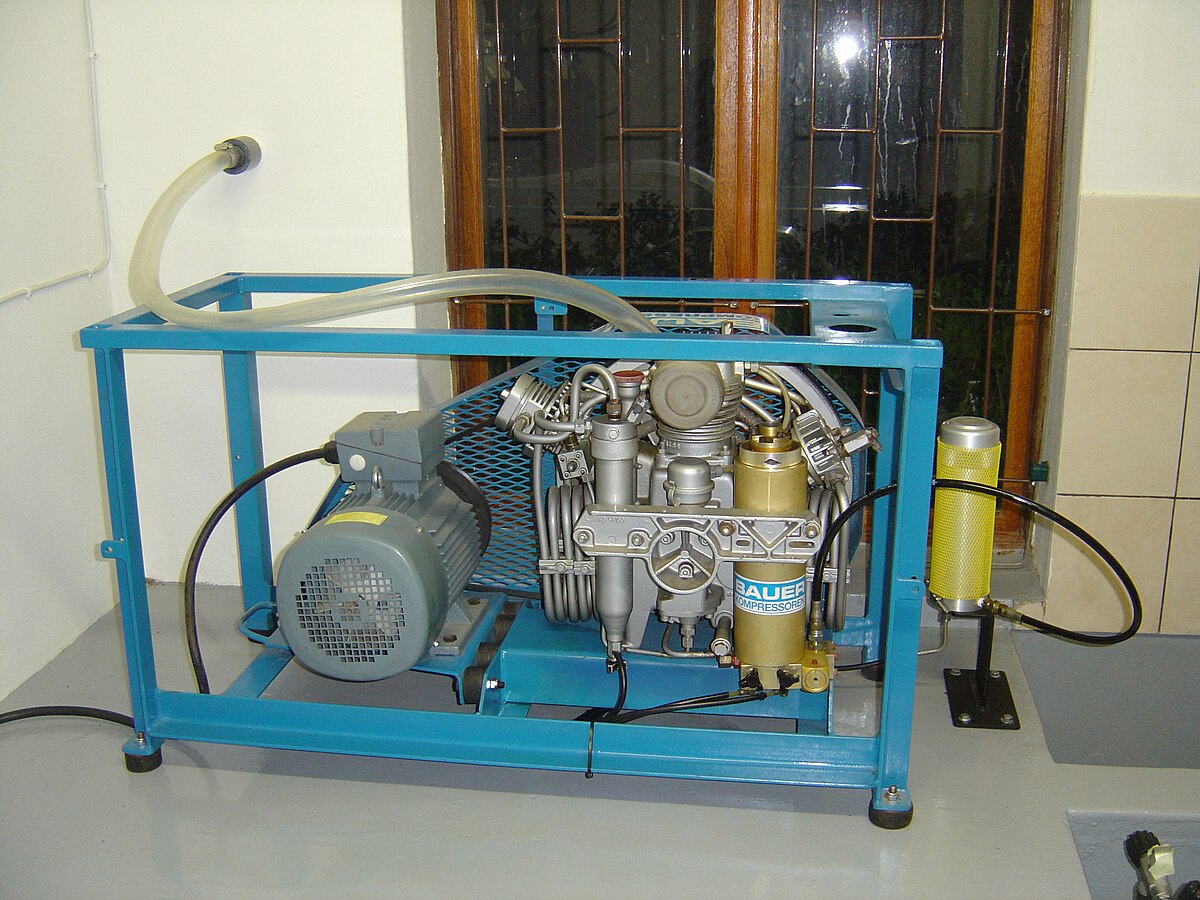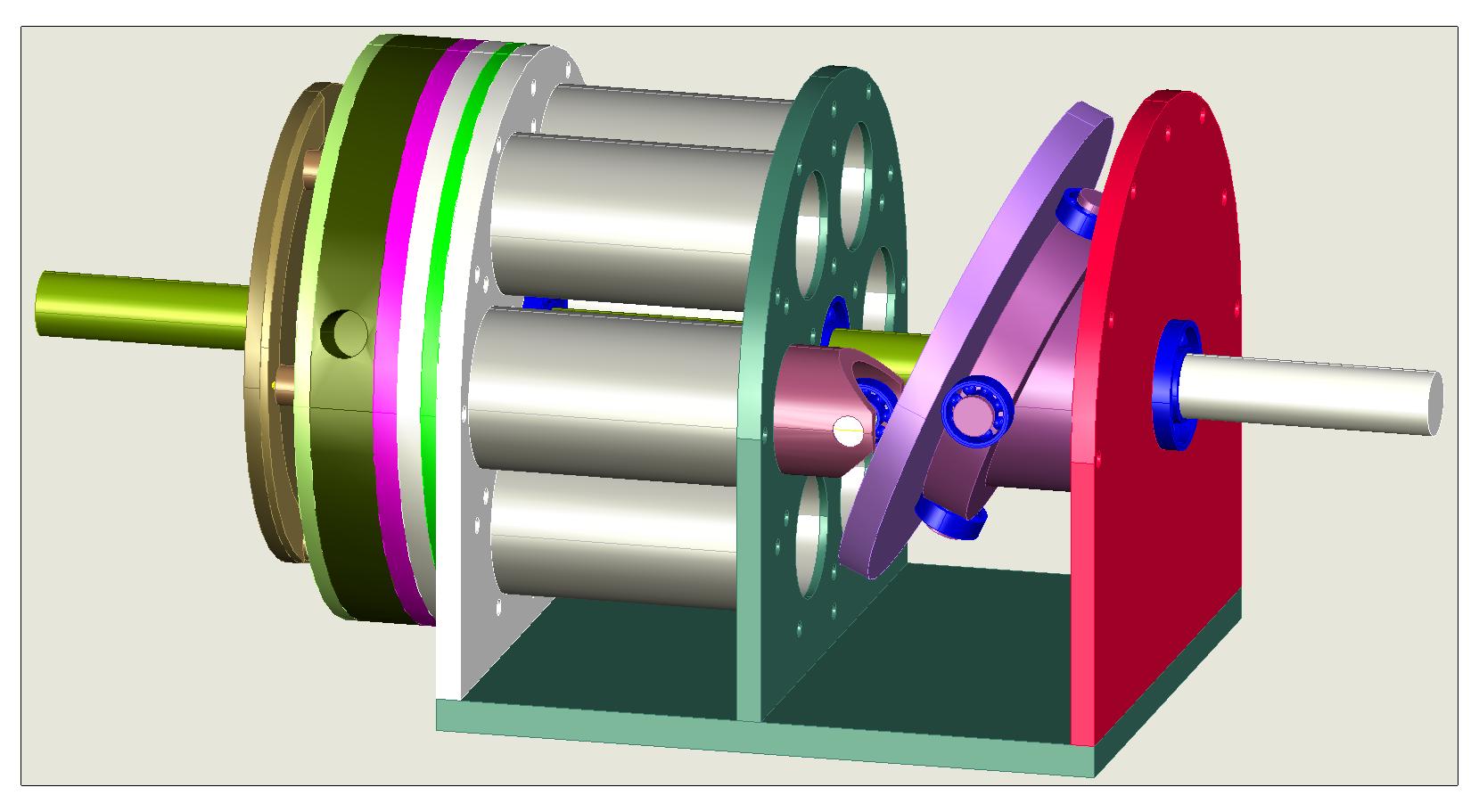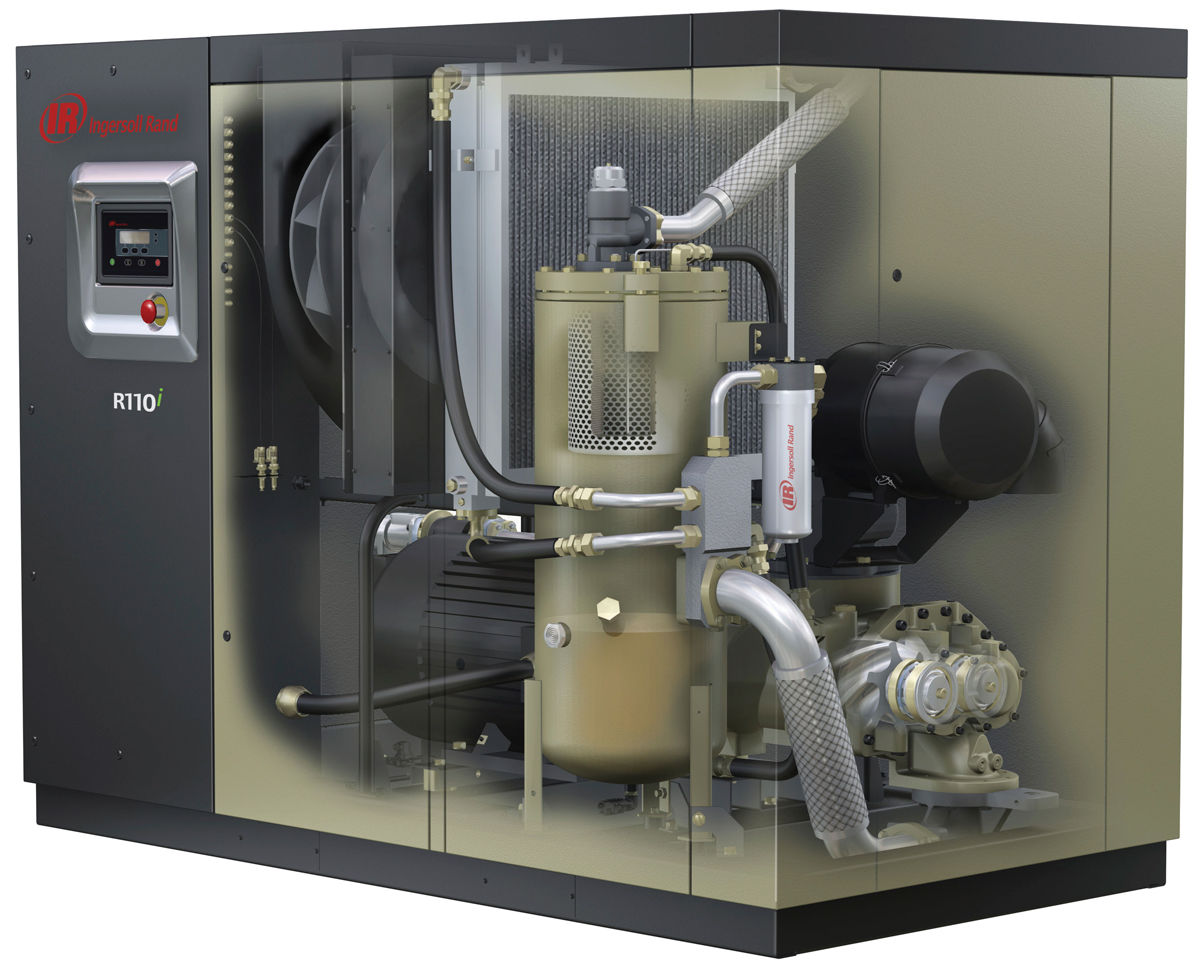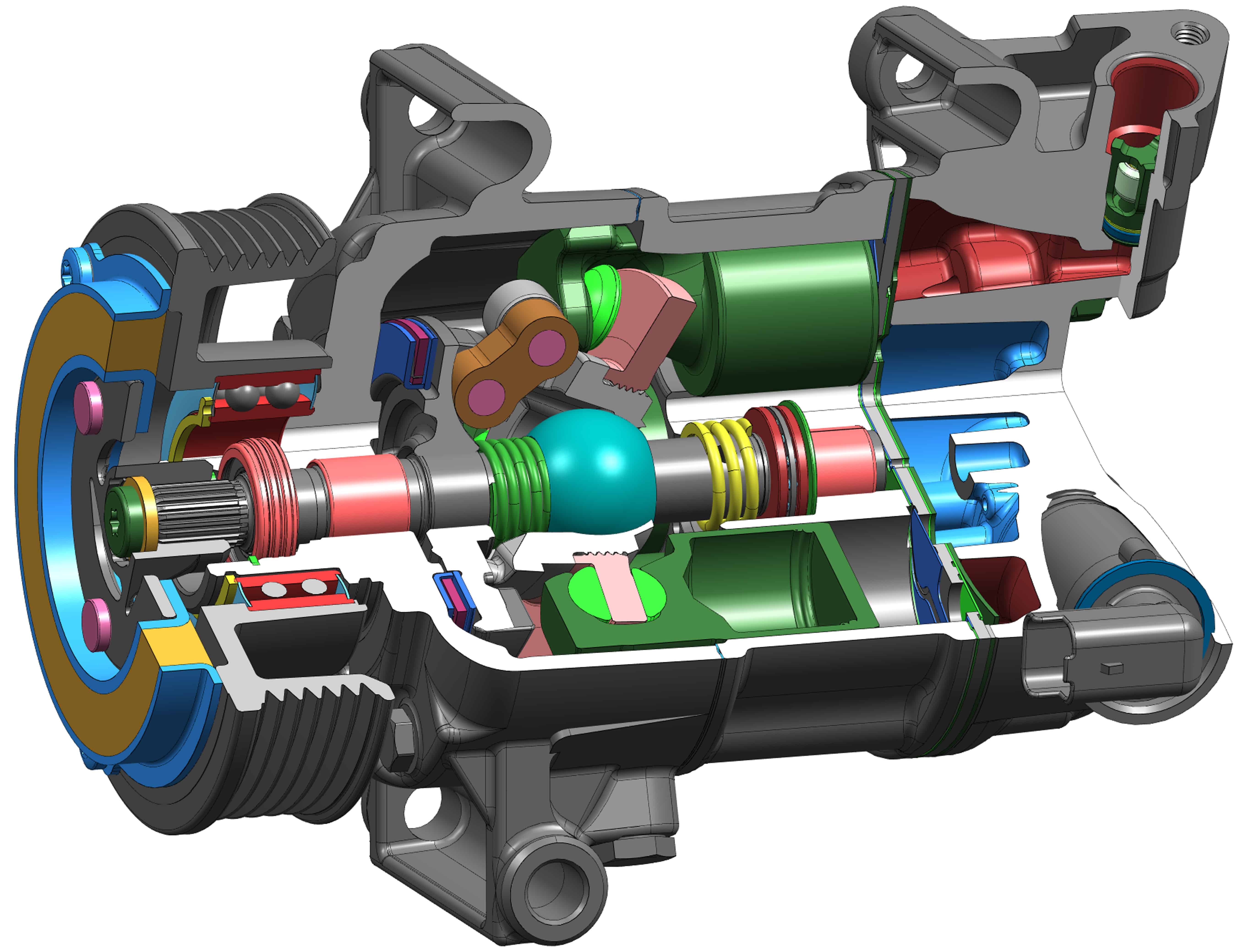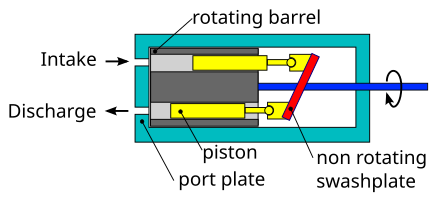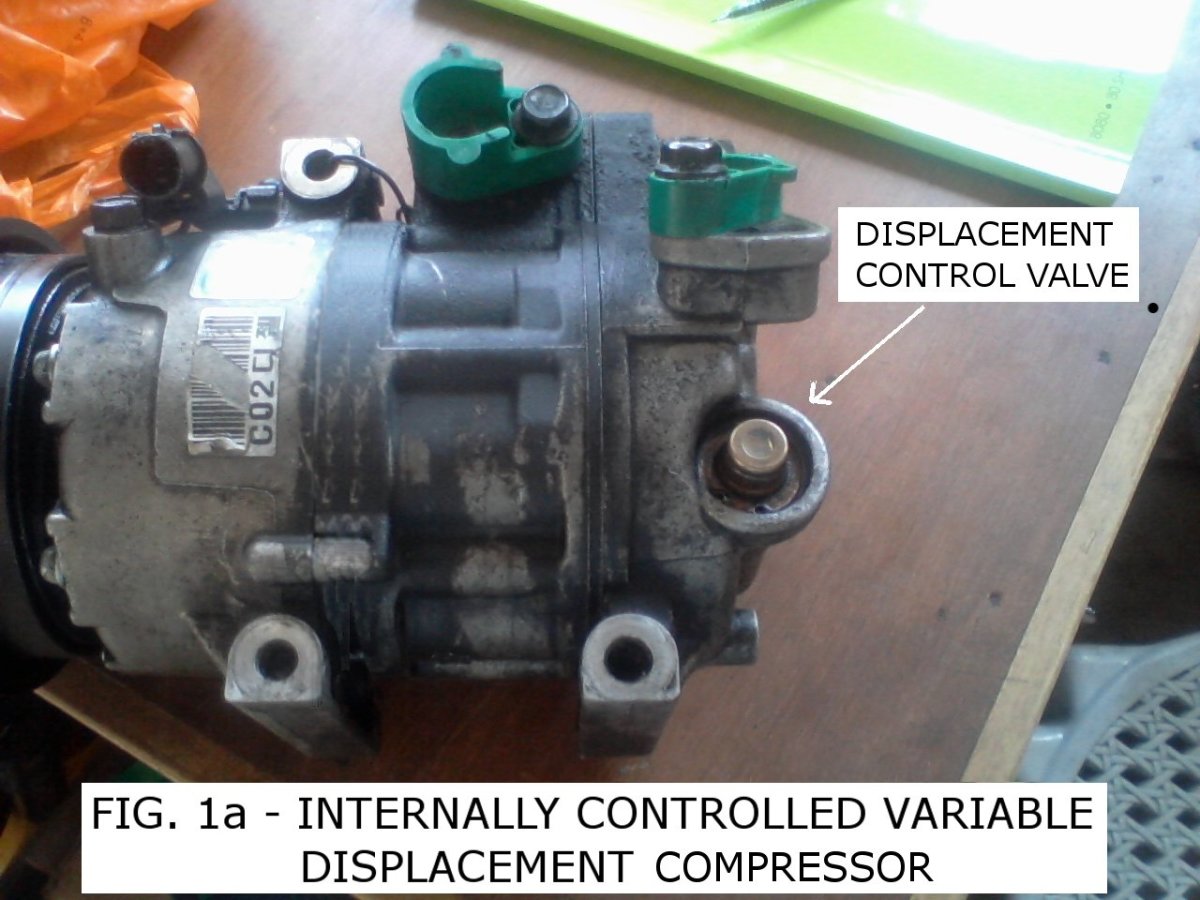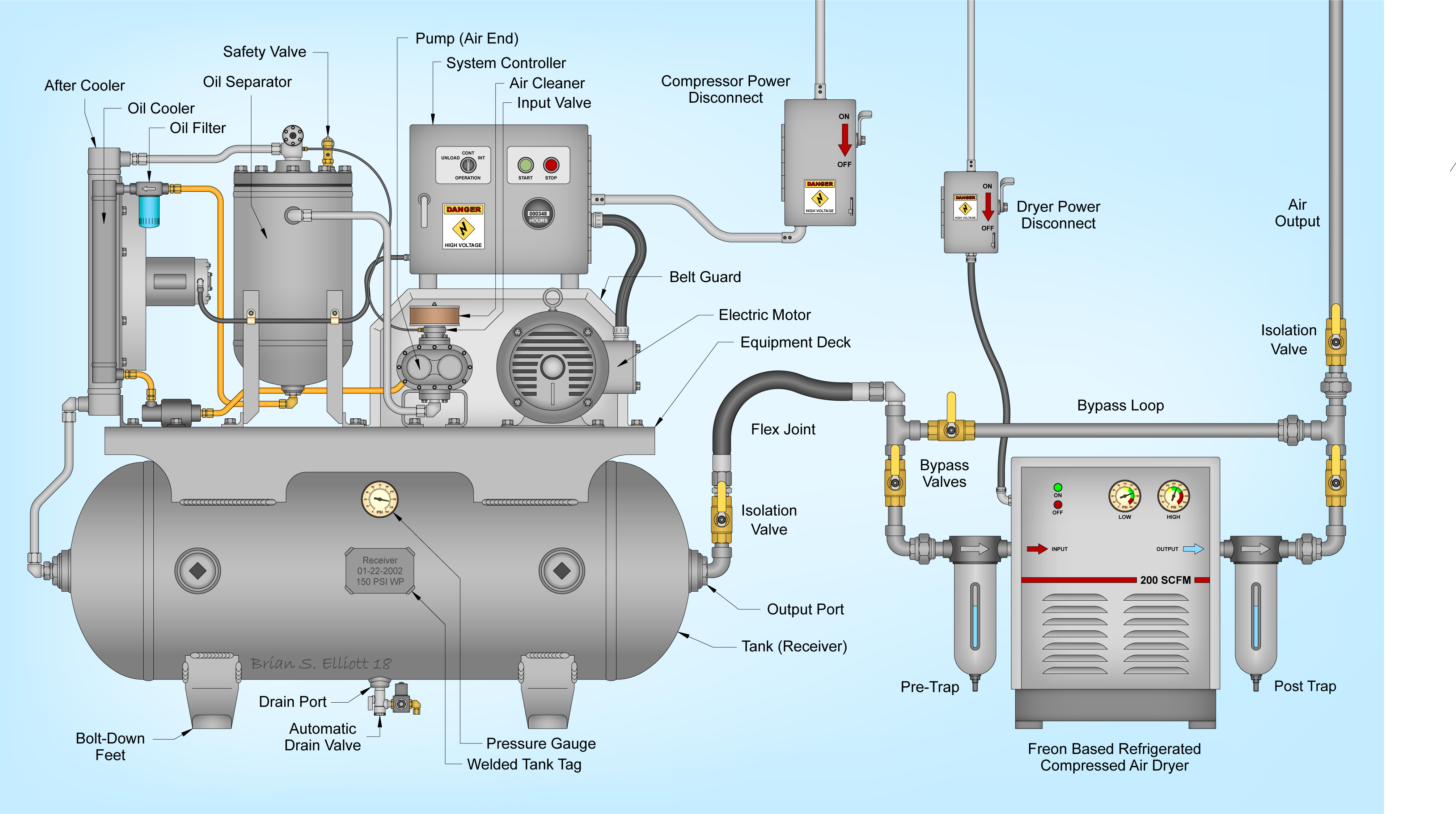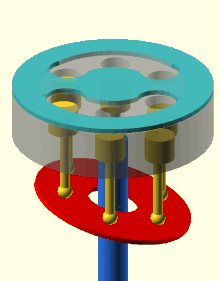Variable Displacement Compressor Animation
Variable displacement compressors control the amount of refrigerant being discharged by changing the angle of the rotating swash plate.
Variable displacement compressor animation. They are disengaged if theres a problem or shut down. There is no cycling clutch switch to cycle the compressor on and off. To me this is not much of a concern though. The systems clutch is left engaged while the system is in use.
Variable displacement ac compressor by jacquesgordon technical editor the variable displacement air conditioner compressorhas been in use for about 20 years. The only difference that our drivers have noticed after the conversion is the slight clicking sound that the. Take a look inside the 2 main types of piston style compressors. In earlier air conditioning systems the compressor ran at full capacity whenever its cycling clutch was engaged.
If the engine was running and the clutch was engaged the compressor was pumping. The variable displacement ac compressor is one example of this increased complexity. This smooth control is linked to engine and driving conditions and does not only result in improved driving comfort but also contributes to vehicle environmental performance by reducing the compressors energy consumption. One way swash plate internally controlled type.
A variable displacement compressor runs smoother and quieter and cars equipped with this type of compressor are more fuel efficient than those equipped with fixed displacement compressors. Fixed displacement piston compressors operates variable displacement piston compressors. A variable displacement compressor eliminates the need for a cycling clutch by altering the compressors volume based on system demands. When the cars cabin temperature is high it increases its refrigeration capacity until the desired temperature is reached.
Since the angle of that plate determines the length of the piston stroke changing that angle changes the length of the stroke therefore changing the amount of refrigerant pumped displaced on each stroke.












